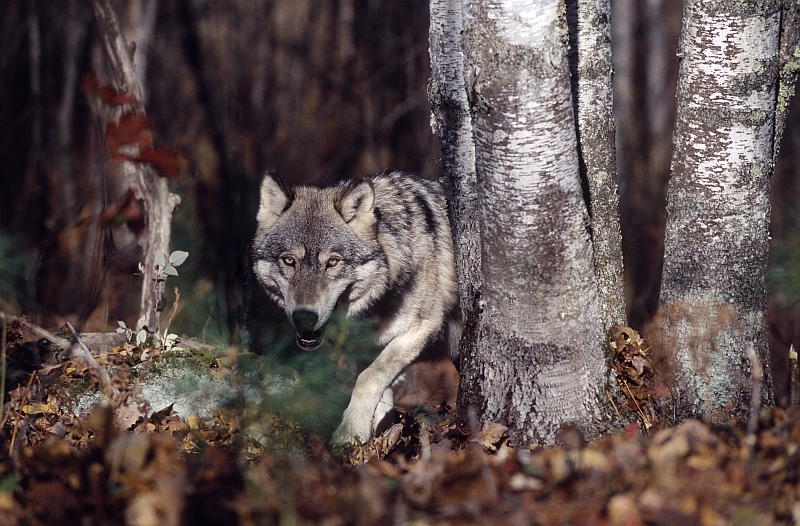One of the first animals to be domesticated, dogs have been companions to humans for fifteen thousand years. The domestication of dogs predates that of other animals such as goats and pigs by thousands of years—before the invention of agriculture. Recent studies suggest that the domestication of dogs took place in two distinct regions, one in Europe and another in Asia, around roughly the same time. The original domesticated dog is believed to have originated over 15,000 years ago, but the European group of dogs was eventually comingled and overtaken by the Asian family between 14,000 and 6,400 years ago. This is according to a study published in June of 2016.
This is contrary to the previous suggestions that dogs originated around 15,000 in Asia, and then spread to Europe. The kink in this explanation arises from the evidence of a domesticated dog in Ireland 15,000 years ago. The reason why the evidence for the two groups of domesticated dogs has gained support is that there are examples of domestication in Asia, and in Europe as far back as 15,000 years ago; however, there are not examples of domestication in the transitional regions between Western Asia, and Eastern Europe suggesting that the two groups of domesticated canines emerged separately.
Domestication of dogs has been suggested to be a defining change in human existence on Earth, in that without the domestication of the dog, there would have been no other domestications, which would result in a crucial difference in how humans live and get their food.
Dogs & Wolves
Other studies about the origin of dogs also suggests that dogs are not simply the offspring of a wolf ancestor that was particularly docile and was eventually domesticated. But rather, that the dogs that we know today result from two lines of canines which diverged from an ancient wolf breed.
There is some overlap between modern dogs and certain wolves; however, there is no clear genetic lineage that can be drawn to definitively conclude that dogs are direct descendants of wolves (or at least a type of wolf). It is also likely that the overlap in genetics is merely a result of interbreeding among wolves and dogs over the millennia.
It is also worth noting that there are no currently living group of wolves which are any more closely related to dogs than other groups, leading to the conclusion that any direct lineage in the past must have come from a group of wolves that has long been extinct.
Regardless of the exact origin of the domesticated dog, these animals have been part of the human existence for thousands of years, and were a vital part of human survival in ancient times, and today they play an important role as companions as well as workers in a variety of areas including police work, search and rescue, and service dogs for the blind. Their contribution to our lives has been and continues to be incredible.

